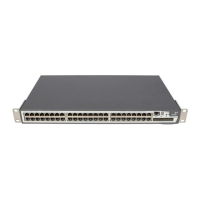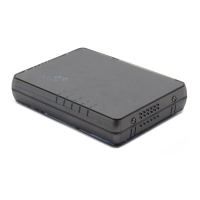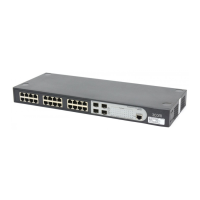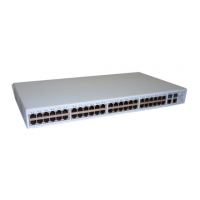1-2
z Interface: It indicates through which interface IP packets should be forwarded to the destination.
z Nexthop: It indicates the next router that IP packets will pass through to reach the destination.
z Preference: There may be multiple routes with different next hops to the same destination. These
routes may be discovered by different routing protocols, or be manually configured static routes.
The one with the highest preference (the smallest numerical value) will be selected as the current
optimal route.
According to different destinations, routes fall into the following categories:
z Subnet route: The destination is a subnet.
z Host route: The destination is a host.
In addition, according to whether the network where the destination resides is directly connected to the
router, routes fall into the following categories:
z Direct route: The router is directly connected to the network where the destination resides.
z Indirect route: The router is not directly connected to the network where the destination resides.
In order to avoid an oversized routing table, you can set a default route. All the packets for which the
router fails to find a matching entry in the routing table will be forwarded through this default route.
0 shows a relatively complicated internet environment, the number in each network cloud indicate the
network address. Router G is connected to three networks, and so it has three IP addresses and three
physical ports. Its routing table is shown in
0.
Figure 1-1 Routing table
Destination Network Nexthop Interface
11.0.0.0 14.0.0.1 3
12.0.0.0 14.0.0.1 3
13.0.0.0 16.0.0.1 2
14.0.0.0 14.0.0.3 3
15.0.0.0 17.0.0.2 1
16.0.0.0 16.0.0.2 2
17.0.0.0 17.0.0.1 1

